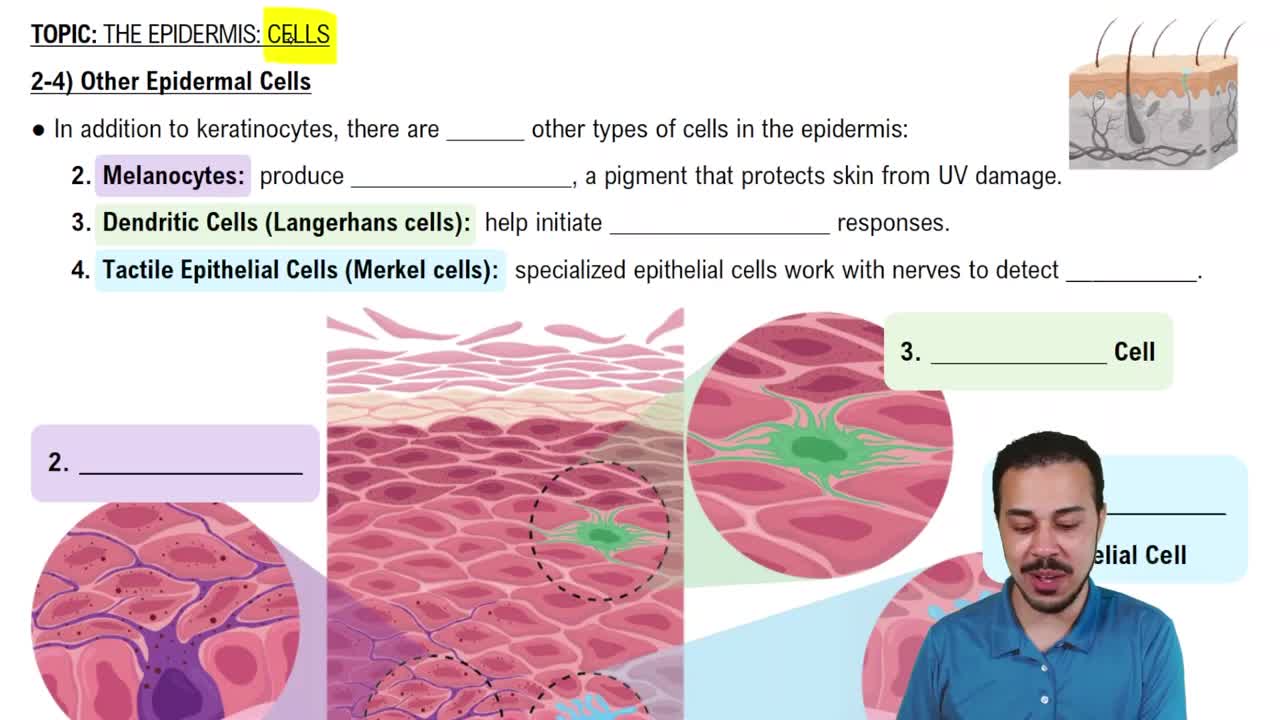Histological examination of a slice of neural tissue reveals a bundle of nerve fibers held together by cells whose multiple processes wrap around several fibers and form a myelin sheath. The specimen is likely to be:
a. A nucleus
b. A ganglion
c. A nerve
d. A tract





